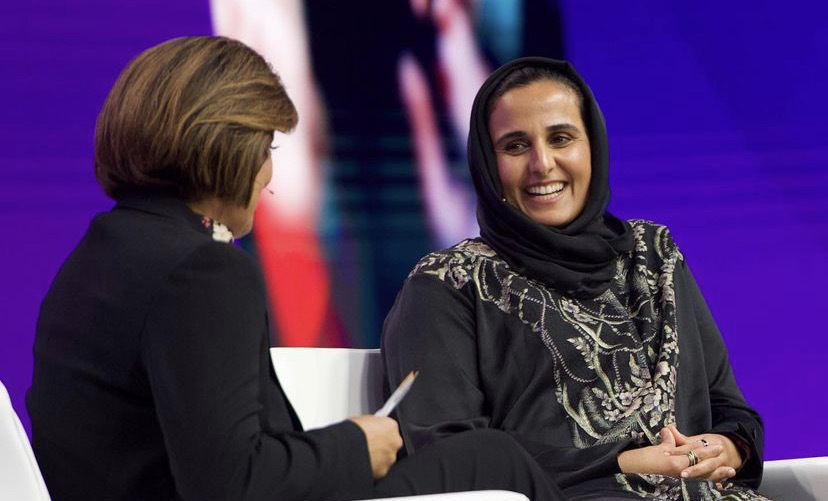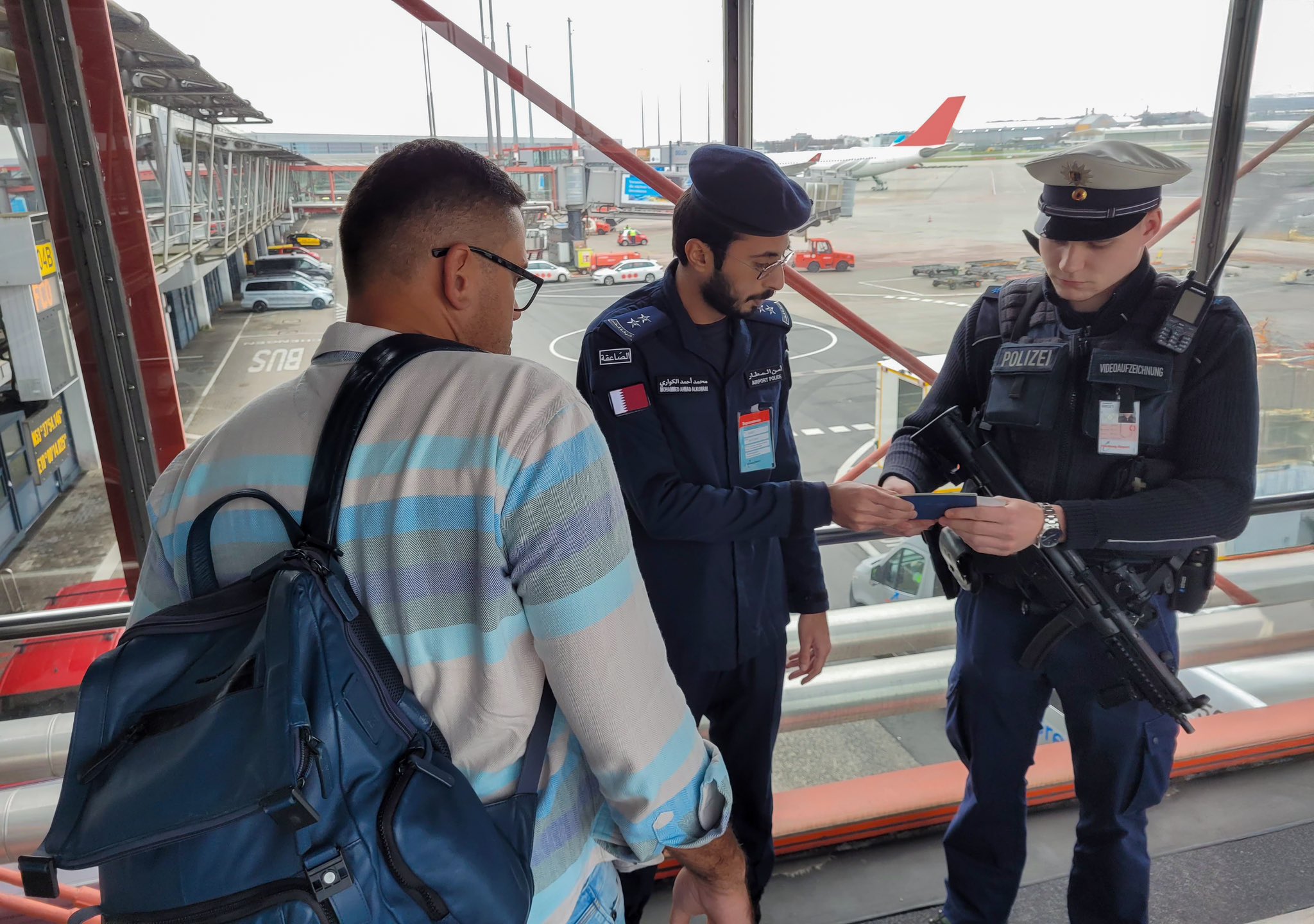Doha became the first in the region to join the UNESCO Network of Creative Cities as a Creative City of Design, due to the country’s investment in culture and creativity.
Art can help in diffusing tensions that arise due to intolerance of cultures, Qatar’s Sheikha Al Mayassa bint Hamad bin Khalifa Al Thani said on the sidelines of this year’s Art for Tomorrow conference in Italy.
Speaking to New York Times, the Qatari royal and chairwoman of the Qatar Museums said art allows for “curatorial conversations” and can bring people of various cultures together.
“I think there’s a need for a place for discourse and tolerance because today I feel there is a lot of intolerance around the world because people think you ought to behave in a certain way,” she said. “I think culture can help diffuse that.”
The Qatari cultural leader pin pointed an incident in which she was questioned by an audience member during last year’s event in Athens. The woman had asked Sheikha Al Mayassa if her country back home would allow for certain exhibitions to be displayed without censorship.
“I told the woman that she was not a partner for us because we have a curatorial conversation with the people who come here because we have to respect our own norms and cultural traditions,” Sheikha Al Mayassa said.
“I think culture brings people from different backgrounds and norms together and allows for constructive dialogue in terms of respect. But one person’s freedom ends as soon as he or she infringes on another.”
“I think Art for Tomorrow becomes a platform for people to meet, to listen to different people and ideas,” she said. “Art in all its forms, whether it’s film, fashion, visual arts, dance or music, brings people together.”
Sheikha Al Mayassa has a pivotal cultural powerhouse in Qatar and the region has spearheaded the arts and cultural scene in Qatar, quickly becoming the vanguard of Qatar’s prominent position on the international arts stage.
“When Art for Tomorrow began here in Qatar, we had two museums in our 25-year plan as we were just beginning our mandate,” Sheikha Al Mayassa said. “We combined not just artists and creative people, but we brought in policymakers, planners and decision makers.”
Now, Qatar boasts a fleet of state-of-the-art museums and has unveiled plans for two more enormous museums set to debut in 2030.
One of the largest collections of paintings, drawings, photographs, sculptures, rare texts, and applied arts in the world will be housed in the 560,000 square foot Lusail Museum, which was designed by the Swiss architecture firm Herzog & de Meuron. A large portion of this collection offers a rich collection of Orientalist art and archaeological artefacts from antiquity to the 21st century.
The preview exhibition of Lusail Museum ‘Tales of a Connected World’ at Qatar Museums Gallery Al Riwaq offered a critical position where a perspective from within is offered, as opposed to a mainstream Western view, by examining the forgotten civilisations and tales.
Meanwhile, the Art Mill Museum will see an industrial flour mill site on the Corniche transformed into a cultural arts centre, forming a triangle with the existing Museum of Islamic Art and the National Museum of Qatar. It will be built alongside the Doha waterfront and will include the mill’s impressive silos.
“We’re keeping the silos as part of our identity,” Sheikha Al Mayassa said. “I think buildings create an identity of place. Qatar is not a very big country geographically, so we want to preserve as much as we can.”
Speaking on the history of the Gulf country, she said: “If you go to the north of Qatar, we have a UNESCO site with ruins where you can walk and explore and see how people lived.”
“If you visit the National Museum, you can see how old the country is. I think preserving heritage is not just about buildings but also sites, and showing the tribes that we know we’re descended from.”
Qatar’s capital city Doha in November 2021 became the first in the region to join the UNESCO Network of Creative Cities as a Creative City of Design, due to the country’s investment in culture and creativity – crafts and folk art, design, film, gastronomy, literature, media arts, and music.
The fresh wave of exhibitions, public artwork and new museums, come as no surprise.
The National Museum of Qatar, a structure that was influenced by the desert rose, a formation of sand, seawater, and gypsum or barite crystals with forms that can be similar to a rose and is found in the many salt basins scattered across this peninsula, also commemorates the natural history of the nation. The museum is one of the most recognisable landmarks in the world thanks to its swirling, multifaceted exterior.
“My father’s vision for Jean Nouvel, the architect, was to go to the desert and find something from the geology of the country and find something that we could expand into the design of the museum,” the Qatari cultural leader said. “He chose the desert rose, which at that time was almost impossible to build, but with technology it became possible,” she added.
Speaking on tapping into the coming generations, Sheikha Al Mayassa said this is an investment for the future.
“I think that incubation of young talent is what we do, and I think it’s an investment in tomorrow,” she said. “We do it for film, art and fashion. In the end, artists need inspiration. I really believe that culture is a bridge that brings everyone together.”







